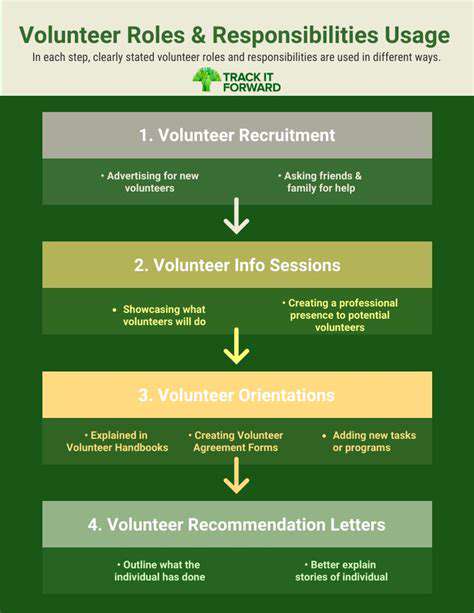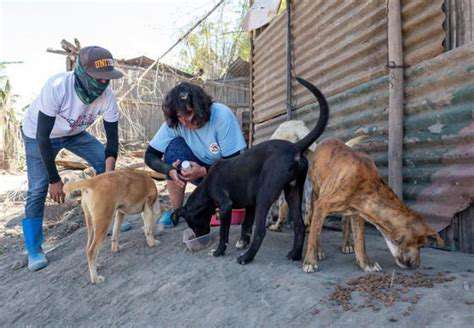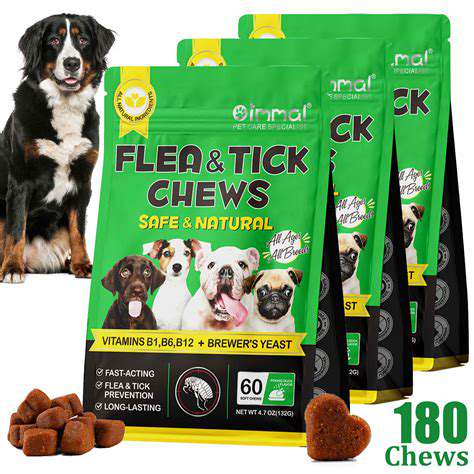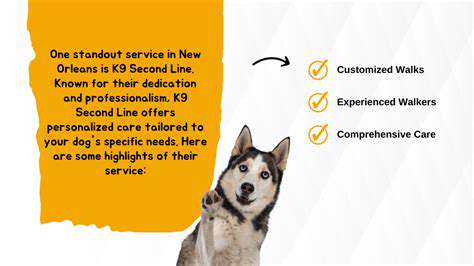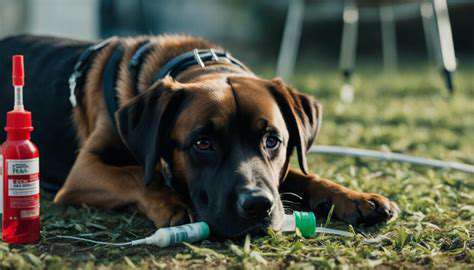Pet Friendly Evacuation Planning
Essential Pet Supplies for Your Evacuation Kit
Essential Supplies for Safety
When emergencies happen, your pet's well-being becomes the top priority. Having a prepared evacuation kit with all necessary items helps you act swiftly during crises, reducing stress for both you and your animal companion. The kit isn't just about survival - it's about maintaining that special connection you share through difficult times.
Include comforting items like their favorite blanket or well-worn toy. These familiar objects provide emotional stability when surroundings become chaotic and unfamiliar.
Food and Water Provisions
Proper nutrition and hydration form the foundation of your pet's emergency preparedness. Pack at least three days' worth of their regular food in airtight containers, adjusting quantities based on your pet's size and dietary requirements. Always include fresh water in sealed bottles or containers, plus collapsible bowls for convenient feeding on the go.
Remember that stressed animals may drink more water than usual, so pack extra. The bowls you choose should be durable yet lightweight for easy transport.
Medical Records and Medications
Compile complete medical documentation including vaccination records, medication schedules, and any existing health conditions. Store these in waterproof sleeves or plastic covers. All medications should remain in their original packaging with clear dosage instructions and expiration dates visible. Consider including a basic pet first-aid guide for emergency situations when veterinary care isn't immediately available.
Comfortable Housing and Bedding
Select a carrier that provides ample room for movement while feeling secure. The ideal carrier allows your pet to stand, turn around, and lie down comfortably. Line it with familiar-smelling bedding to create a portable safe space. For larger animals, include a sturdy leash and harness system that won't fail under stress.
Identification and Contact Information
Beyond standard ID tags, microchipping provides permanent identification that can't be lost or removed. Keep current photos of your pet in your kit, including any distinctive markings. Store contact information for your regular veterinarian and the nearest 24-hour emergency clinic. Include backup phone numbers of friends or family who could assist if you're unavailable.
Important Documents and Supplies
Gather proof of ownership documents, registration papers, and insurance information in a waterproof container. Pack a small supply of treats for positive reinforcement during stressful situations. Include grooming supplies appropriate for your pet's coat type, as proper hygiene becomes even more important during extended emergencies.
Emergency Contact Information and First Aid
Create a comprehensive list that includes animal control agencies, poison control centers, and local boarding facilities. Your first-aid kit should contain species-specific supplies like pet-safe antiseptic, gauze, and a digital thermometer. Know basic pet CPR techniques before emergencies occur - this knowledge could save your companion's life.
Identifying Potential Evacuation Routes and Shelters
Identifying Potential Evacuation Routes
Successful evacuation requires multiple predetermined routes that account for your pet's specific needs. Evaluate each potential path for pet-friendly rest stops, potential hazards like busy highways, and alternative transportation options. Professional advice can help identify routes you might overlook.
Practice driving these routes at different times to understand traffic patterns. Note locations of veterinary clinics along the way in case of medical emergencies during transit.
Assessing Pet-Friendly Shelters
Not all emergency shelters accept animals. Research options in advance, noting their policies regarding crating requirements, vaccination documentation, and species restrictions. Some hotels participate in pet-friendly emergency programs - identify these along potential evacuation paths. Always have backup options in case your primary shelter reaches capacity.
Planning for Transportation Needs
Your evacuation vehicle should accommodate all pets comfortably with proper ventilation and security. For multiple animals, practice loading procedures to ensure efficiency during actual emergencies. Consider installing pet barriers or harness systems to keep animals safe during transport.
Communicating Your Plan
Share your evacuation strategy with trusted neighbors who could assist if you're away during a crisis. Create printed instruction sheets detailing feeding schedules, medication needs, and behavioral notes for emergency caretakers. Store this information with your evacuation supplies for quick access.
Practicing Your Evacuation Drills with Your Pets

Planning Your Escape Route
Effective preparation begins with detailed knowledge of all possible exits from your home. Time how long it takes to gather pets and supplies - this reveals where your plan needs improvement. Identify potential obstacles like gates or furniture that might block escape paths during actual emergencies.
Practicing the Evacuation Procedure
Conduct drills at unexpected times to simulate real emergency conditions. Regular practice helps pets become comfortable with carrier loading and vehicle transport. Reward calm behavior with treats to create positive associations with evacuation procedures.
Addressing Potential Hazards
Inspect your home for pet-specific dangers like loose wires or toxic plants along evacuation routes. Secure heavy furniture that could topple during disasters, potentially blocking exits. Ensure all family members know how to operate pet carriers and safety equipment.
Evaluating and Improving the Plan
After each drill, discuss what worked and what didn't with all household members. Adjust your strategy based on these observations to create the most efficient plan possible. Update your kit seasonally, accounting for weather changes and your pet's evolving needs.
Communicating Your Plan and Seeking Support

Planning and Communication
Clear information sharing ensures everyone understands their role during emergencies. Create visual guides showing evacuation routes and meeting points for household members. Establish multiple communication methods in case standard channels fail.
Seeking Feedback and Collaboration
Consult with local animal welfare organizations about community evacuation resources. Neighborhood cooperation creates stronger support networks for pet owners during crises. Exchange emergency contacts with nearby pet owners who might need mutual assistance.
Implementation and Evaluation
Regularly test your communication systems to ensure they function when needed most. Update all contact information seasonally or whenever changes occur. Participate in community emergency preparedness events to stay informed about local resources.
Read more about Pet Friendly Evacuation Planning
Hot Recommendations
- Customized Sleep Schedules: AI Driven for Sustainable Rest
- Crafting a Personalized Productivity Plan for Mental Clarity
- Sustainable Self Compassion: Cultivating Kindness Towards Your Mind
- Sustainable Productivity Hacks for the Busy Professional
- Sustainable Wellness for Parents: Balancing Family and Self Care
- Data Informed Self Care: Designing Your Personalized Wellness Strategy
- Sustainable Wellness for a Purpose Driven Life
- AI Assisted Mindfulness: Personalized Meditations for Deeper Practice
- Building Inclusive Mental Health Services: Key Initiatives
- AI Powered Self Care: Customizing Your Routine for Maximum Impact

